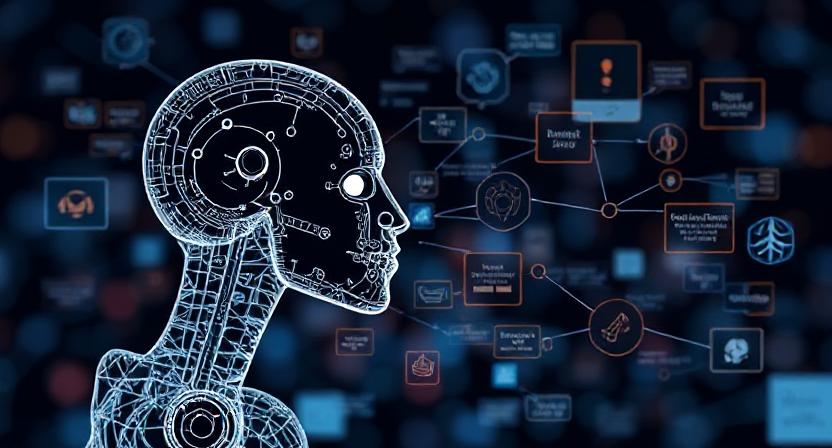Introduction: Understanding AI-Therapeutic Telepathy Devices
In the realm of emerging therapies, AI-Therapeutic Telepathy Devices are innovative tools designed to enhance human connection and mental well-being through advanced artificial intelligence. These devices leverage AI (Artificial Intelligence) to facilitate therapeutic sessions by interacting with users’ minds, offering a unique form of non-verbal communication that can aid in emotional healing.
How AI-Therapeutic Telepathy Devices Work
AI-Therapeutic Telepathy Devices function by analyzing and interpreting patterns within the human mind. By employing machine learning algorithms, these devices can identify subtle emotional cues and psychological states, providing therapeutic insights without requiring verbal communication. Essentially, they serve as tools that enhance the therapy process by bridging the gap between the therapist and client.
Scenarios: Real-World Applications
- Enhanced Therapy for Anxiety
A therapist could use an AI-Therapeutic Telepathy Device to help a client with anxiety develop self-awareness of their emotional states, fostering a deeper sense of control over their reactions. - Non-Verbal Communication in Therapy
For clients who find verbal therapy challenging, these devices can facilitate non-verbal communication, helping therapists empathize more effectively and create a safer therapeutic environment. - Tailored Therapy Solutions
By analyzing individual patterns, AI-Therapeutic Telepathy Devices could tailor therapy sessions to the client’s specific needs, offering personalized insights that traditional methods might overlook.
Benefits of AI-Therapeutic Telepathy
- Improved Emotional Awareness: Clients gain insight into their subconscious thoughts and emotions, enhancing their overall understanding of themselves.
- Enhanced Communication: Therapists can better interpret non-verbal cues, improving session effectiveness.
- Non-Intrusive Therapy Options: Ideal for clients who prefer a more discreet or non-verbal approach to therapy.
Challenges and Concerns
While AI-Therapeutic Telepathy Devices offer promising benefits, several challenges must be addressed:
- Privacy Concerns: The devices’ ability to access deep emotional states raises questions about privacy and consent.
- Security Risks: As these devices become more accessible online, securing their use becomes a significant challenge.
- Perceived Lack of Effectiveness: Initially, clients might find the technology difficult to grasp or feel that it doesn’t offer substantial benefits.
Real-World Examples
- Case Study: Non-Verbal Communication in Therapy
A study published in the Therapy Innovation journal highlighted how AI-Therapeutic Telepathy Devices successfully enhanced therapy sessions for clients with autism, improving their social interaction skills. - Corporate Therapy Program
A company implemented these devices to help corporate coaches improve their empathetic communication skills, leading to more effective employee support programs.
Future Trends
As AI technology continues to evolve, we can expect more sophisticated AI-Therapeutic Telepathy Devices. These future advancements might incorporate advanced neural networks, allowing for even deeper insights into emotional states and more personalized therapeutic experiences.
Conclusion: Embracing AI-Therapeutic Telepathy
AI-Therapeutic Telepathy Devices represent a groundbreaking approach to therapy, offering new possibilities for enhancing mental health care. While challenges remain, the potential benefits are undeniable. Encouraging open dialogue about these technologies and their impact on therapy could pave the way for a more inclusive and effective future in mental well-being.
By combining cutting-edge AI technology with therapeutic principles, we may unlock transformative tools that empower individuals to explore and heal their inner worlds.











